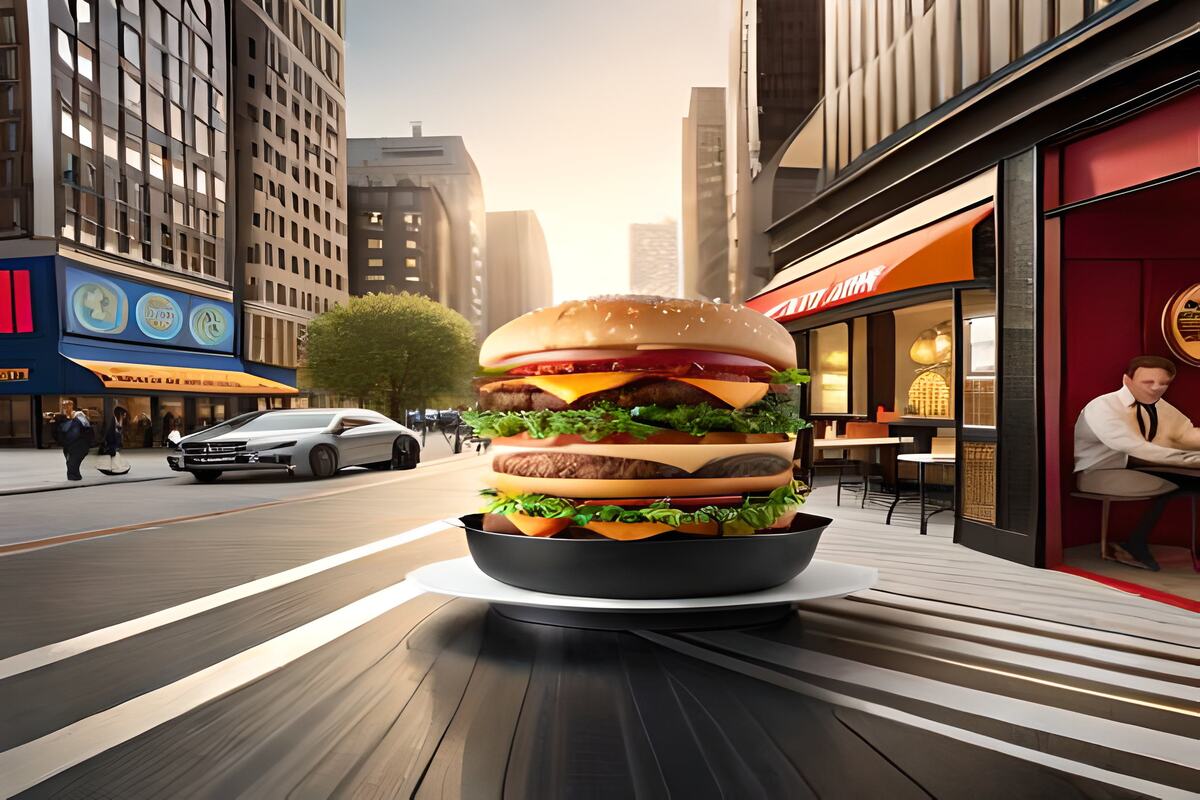Burger King and Tim Hortons’ second-quarter revenues rose over 10%.Restaurant Brands International, which owns Burger King and Tim Hortons, reported solid second-quarter results. The market expected excellent news since the company’s shares didn’t move before the market opened.
Let’s review the financial report’s most important parts for the three months ending June 30th. EPS is “earnings per share.” Added 85 cents. The rise suggests that the corporation is making a lot of money, even if it needed to be more apparent how it related to Refinitiv-analyzed experts’ prediction of 77 cents per share.
A total of 1.78 billion dollars was earned. The company’s high income shows it’s doing well financially, even if Wall Street needed to figure out how this figure contrasted. Restaurant Brands reported $351 million in second-quarter net income or 77 cents per share. It rose from $346 million to 76 cents per share compared to the previous year.
Adjusted profits per share were 85 cents after one-time occurrences. This indicates business success. Sales rose 8.3% to $1.78 billion. It’s significant. Restaurant Brands’ greatest quarter was its 9.6% growth in same-store sales. Burger King and Tim Hortons were crucial to this rise.
Tim Hortons, a prominent coffee chain, experienced an 11.4% retail sales increase. Experts projected a 6.5% increase, but this was far greater. Canada-based Tim Hortons sales rose 12.5%.

Also read: Gogo Inc. Q2 2023 Earnings Call Analysis: Navigating Challenges, Pioneering Growth
Burger King’s same-store sales rose 10.2%, above the predicted 5.3%. Sales at US retailers rose 8.3% after reviving the brand.
US Burger King advertisements cost Restaurant Brands $10 million in the quarter. They are committed to reviving the brand. Restaurant renovations cost $11 million. A $400 million strategy supports Burger King’s domestic recovery.
Popeyes, another fantastic Restaurant Brands restaurant, saw sales rise at its current locations. Sales rose 6.3%, above the predicted 3.5%.
Firehouse Subs, a fresh new Restaurant Brands addition, increased sales by 2.1% at its current restaurants. This indicates their progress.
Restaurant Brands International’s second-quarter results show that its successful fast-food brands remain popular. It also demonstrates the company’s commitment to innovation in a changing market.
Our Reader’s Queries
Is Tim Hortons owned by Burger King?
In 2014, Burger King made a big move by acquiring Tim Hortons for a whopping $12.5B. The acquisition was funded by 3G Capital, which happens to own 71% of Burger King. As a result of this merger, a new parent company was formed and named Restaurant Brands International (RBI).
Why did Burger King merger with Tim Hortons?
The merger between Burger King and Tim Hortons is a win-win situation for the former. This deal brings in a lot of benefits for Burger King, including increased revenue, wider expansion opportunities, tax savings, and access to better menu resources. Overall, this merger is a positive move for Burger King.
What company did Burger King buy?
In 1967, the Pillsbury Company was the first of many acquisitions made by Burger King Worldwide. Later, in 2014, the Canadian coffee chain Tim Hortons merged with Burger King, leading to the creation of Restaurant Brands International. This parent company is now partially owned by 3G Capital, the former owner of Burger King.
Why are Tim Hortons and Wendys together?
Back in 1995, Wendy’s acquired Tim Hortons and together they opened several joint locations. However, in 2006, Wendy’s was facing some challenges, much like other burger franchises. Meanwhile, Tim Hortons was thriving and generating impressive profits. Recognizing an opportunity to capitalize on Tim’s success, Wendy’s decided to spin off the brand and make a quick profit while its value was at its peak.

